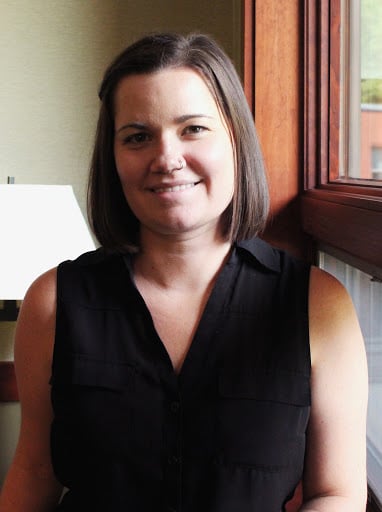During the day, Lori Mazor and Zeco Krcic handle the ins-and-outs of facilities planning at CUNY’s campuses in Manhattan and Queens. But it’s their lives as endurance athletes that have structured their leadership style, providing tools to manage teams, address crises, and make informed decisions with lean resources.
During a discussion at the Higher Education Facilities Forum, Mazor, former Vice President of Administration at CUNY Hunter College, and Krcic, Assistant Vice President of Facilities Planning and Operations at CUNY Queens College, explored how the training they undertake as endurance athletes prepared them to tackle the challenges brought on by the COVID-19 pandemic.
“I’ve found that the lessons I’ve learned in training is a lifestyle. When you train and you train smart, you figure out how to not burn yourself out and to go long,” Mazor said. “Those lessons got me through COVID and helped me learn to sustain myself and my team at CUNY.”
Finding Balance
Mazor, who competes in 70.3-mile Ironman competitions, and Krcic, who competes in obstacle-heavy Spartan races, are no strangers to pushing through grueling, stressful situations. In fact, it’s what they train for throughout the year.
“Training in athletics, you push yourself to a point of enduring stress, then you rest and recover,” Mazor said.
To achieve this, Mazor found a balance in what she calls an 80/20 training program in which she focuses 80 percent of her training on easy tasks, like running a 20-minute mile, and 20 percent of her time training hard.
When the COVID-19 pandemic began, Mazor and her team were focused on finding solutions to ensure the safety of staff and students. It was a stressful situation that soon began to wear on staff. That’s when Mazor realized she could implement the same 80/20 plan at the office.
“At work, when we put together a plan, we plan the time we are doing things, but we also have to plan to rest,” she said. “We work in a public institution where people are showing up and checking out. I had to do the same thing as in my training: I had to force people to take vacation. I had to tell them not to answer the phone; don’t call me. Then you know they will come back refreshed.”
Krcic found a similar need to recalibrate time and planning with his team.
“The pandemic gave us all the chance to reflect,” he said. “In facilities, we’re constantly running. We used the pandemic to look backward, to the left, to the right, to the team. We had to slow down, then ramp back up.”
Bringing the team together
When the opportunity to join a team for a Spartan race presented itself, Krcic was quick to accept.
“That was the longest race. You haul each other over the line,” he said of his first race. “Not everyone was an athlete, but the point is that everyone can do it.”
Krcic quickly realized his new passion shared many parallels with his day job.
“The whole idea of what that meant as a collective experience was far transcending the work,” he said. “It’s a collective ball of energy, empathy, and spirit.”
During the pandemic, Krcic’s facilities team faced constantly changing scenarios that required quick thinking. To meet the needs of the institution’s facilities and support his team, Krcic turned to his Spartan training.
“What we do for each other during a race and what training taught me to do was to ‘spot’ them,” Krcic said. “That was the key for us to carry the institution.”
For instance, if a staff member sees that something isn’t working and can back it up with data, Krcic shows his support by going to the central office with the feedback. If approved, being able to bring that back to the team is a victory in his eyes.
“I always take it back to them. It’s what team athletics and discipline teach you. It’s what I show up to do: try to help them grow and support them,” he said.

Krcic with his facilities team.
In the Zone
While training Mazor uses a smartwatch to track her heart rate, breaking her rate into five different zones depending on her exertion.
“In any endurance training, you operate at a low heart rate to go fast,” she said. “There’s a parallel: we want our teams to be high performing, but operating without a lot of fuel or resources.”
Each team member has a different zone, Mazor said. Zone one consists of using skills and knowledge, while zone five involves responding to a crisis or perceived threat.
“It’s been a really fun activity to do with the team, to talk about our ‘zones.’ What can people do to contribute to the mission without burning out? How can you use this to push them to grow?”
Similarly, Krcic said his use of a weight vest while training enables him to strengthen his performance while learning what he is capable of. At work, that’s what he strives to provide his staff.
“At work every day it’s about sharing the strength and carrying the load,” he said. “I need to be able to give that for people to receive it, whether I’m preparing for a run or running the workplace.”

Posted by
Join us at HEFF!
An interactive retreat for facilities leaders at the nation's top colleges and universities.
Nov 8-10, 2026 | San Antonio, TX
Learn More









Comments